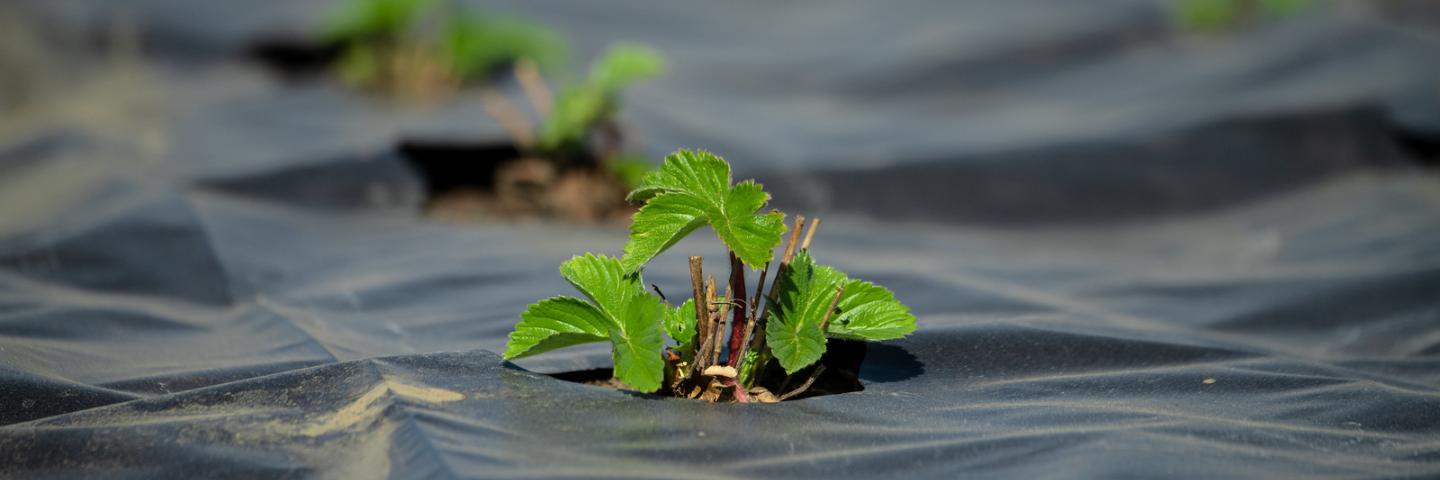USDA Announces Fiscal Year 2023 Assistance Opportunities for Agricultural Producers and Private Landowners

Announcement of FY 2023 assistance opportunities for agricultural producers and private landowners for key programs, including the Environmental Quality Incentives Program (EQIP), Agricultural Management Assistance (AMA) program, and Agricultural Conservation Easement Program (ACEP).
HONOLULU, HI, October 11, 2022 – The U.S. Department of Agriculture (USDA) announces fiscal year 2023 assistance opportunities for agricultural producers and private landowners for key programs, including the Environmental Quality Incentives Program (EQIP), Agricultural Management Assistance (AMA) program, and Agricultural Conservation Easement Program (ACEP). While USDA’s Natural Resources Conservation Service (NRCS) accepts applications for these programs year-round, producers and landowners should apply by state or area specific, ranking dates to be considered for the current fiscal year’s funding. For the Pacific Islands Area, ranking dates for EQIP, AMA, and ACEP is November 18, 2022.
Through conservation programs, NRCS provides technical and financial assistance to help producers and landowners make conservation improvements on their land that benefit natural resources, build resiliency, and contribute to the nation’s broader effort to combat the impacts of climate change.
“NRCS conservation programs are good for Pacific Islands Area’s natural resources and for your operation’s bottom line,” said USDA’s Natural Resources Conservation Service (NRCS) Pacific Islands Area Acting Director J.B. Martin. “Whether this is your first time working with NRCS or you want to take conservation to the next level on your land, we encourage you to contact your local NRCS field office to learn more.”
Applying for Assistance
NRCS accepts applications for its conservation programs year-round. Producers who apply by Pacific Islands Area’s specific ranking dates to be considered for funding in the current cycle. Funding is provided through a competitive process.
Applications received after ranking dates will be automatically deferred to the next funding period.
Producers, landowners, and forest managers interested in applying for assistance should contact the NRCS at their local USDA Service Center. Service Center staff work with agricultural producers via phone, email, and other digital tools. Contact your Service Center to set up an in-person or phone appointment. On farmers.gov, you can create a secure account, apply for NRCS programs, electronically sign documents, and manage your conservation contracts.
Program Options
The Environmental Quality Incentive Program (EQIP) provides financial assistance for producers to use 170-plus conservation practices to address a wide variety of resource concerns. EQIP is available to all producers in Hawaii, Guam, CNMI, and American Samoa.
The Agricultural Management Assistance (AMA) program helps producers manage financial risk through diversification, marketing, or natural resources conservation practices. Pacific Islands Area’s Hawai’i producers can apply for assistance to install High Tunnel Systems through AMA.
The Agricultural Conservation Easement Program (ACEP) protects the agricultural viability and related conservation values of eligible land by limiting nonagricultural uses which negatively affect agricultural uses and conservation values, protect grazing uses and related conservation values by restoring or conserving eligible grazing land, and protects, restores, and enhances wetlands on eligible land.
Other programs and initiatives offered by NRCS and available to producers in the Pacific Islands Area will be announced later and include the Conservation Stewardship Program (CSP), the Regional Conservation Partnership Program (RCPP), and the Conservation Innovation Grant (CIG) program.
Historically Underserved Producer Benefits
Special provisions are also available for historically underserved producers. Historically underserved producers include producers who are beginning, socially disadvantaged, veteran, of limited resource. For EQIP, historically underserved producers are eligible for advance payments to help offset costs related to purchasing materials or contracting services up front. In addition, historically underserved producers can receive higher EQIP payment rates (up to 90% of average cost). NRCS sets aside EQIP and AMA funds for historically underserved producers.
Conservation Practices and Climate
NRCS conservation programs play a critical role in USDA’s commitment to partnering with farmers, ranchers, forest landowners, and local communities to deliver climate solutions that strengthen agricultural operations and rural America. States or areas may prioritize a variety of voluntary conservation practices through these NRCS programs, including those that support climate-smart agriculture and forestry (CSAF).
In fiscal year 2023, EQIP will provide targeted funding for CSAF practices, and Conservation Incentive Contracts will be available nationwide with an emphasis on CSAF practices. Building on these efforts, NRCS will also prioritize climate investments through ACEP, RCPP, and CIG.
Under the Biden-Harris Administration, USDA is engaged in a whole-of-government effort to combat the climate crisis and conserve and protect our nation’s lands, biodiversity, and natural resources including our soil, air, and water. Through conservation practices and partnerships, USDA aims to enhance economic growth and create new streams of income for farmers, ranchers, producers, and private foresters. Successfully meeting these challenges will require USDA and our agencies to pursue a coordinated approach alongside USDA stakeholders, including State, Territorial, and local governments.
USDA touches the lives of all Americans each day in so many positive ways. In the Biden-Harris administration, USDA is transforming America’s food system with a greater focus on more resilient local and regional food production, fairer markets for all producers, ensuring access to safe, healthy and nutritious food in all communities, building new markets and streams of income for farmers and producers using climate smart food and forestry practices, making historic investments in infrastructure and clean energy capabilities in rural America, and committing to equity across the Department by removing systemic barriers and building a workforce more representative of America. To learn more, visit usda.gov.
#
USDA is an equal opportunity provider, employer, and lender.

